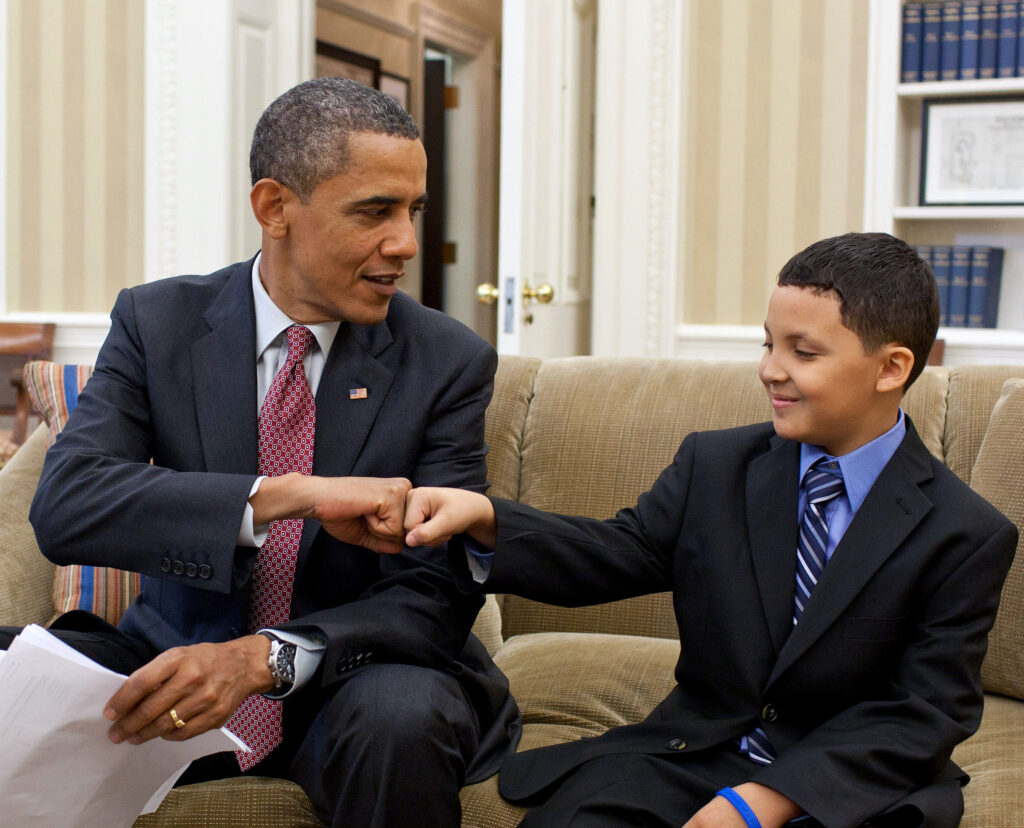Fist bumps are safer than handshakes and drastically reduce the risk of spreading infectious diseases — that’s the main conclusion of a study published in 2014. While the study was carried out before the pandemic, it could be very useful in the current situation.

The handshake plays an important role in many cultures. It’s a global gesture essentially synonymous with agreement, support, and friendship. But while the message that handshakes sent is positive, there’s also a problem: it can spread germs.
The very idea of a handshake is to touch hands in a gesture of trust, but when we’re talking about infectious diseases, touching hands with someone else is not really what you want to do.
Even under normal circumstances, the handshake can cause some hygiene problems. When infectious diseases become more prevalent, it’s even more troublesome. During the 2009 H1N1 pandemic, doctors started paying more attention to handshakes. For instance, the dean of medicine at the University of Calgary, Tomas Feasby, suggested that fist bumps may be a “nice replacement of the handshake” in an effort to prevent transmission of the virus.
In 2010, one study found that 40% of doctors and health care providers don’t comply with hand hygiene rules, prompting discussiong about how handshakes in hospitals could be replaced by other gestures, like a fist bump, a namaste sign, bowing, or waving.
In 2020, as the world battles with a new and more dangerous pandemic, handshakes have become all but obsolete — and if the current situation is any indication, they won’t come back anytime soon. Luckily, there’s an alternative: the fistbump.
Norwegian prime minister and minister of health handshake situation after corona briefing
The fist bump is relatively new; it traces its origins to boxing, where opponents touch gloves before the start of a contest. It was popularized on basketball fields, especially during the 1970s, by athletes such as Fred Carter. In recent times, the fist bump has emerged as a not-as-formal alternative to handshake, though fairly similar in scope to the handshake.
A 2014 study investigated the hygiene of a fist bump compared to that of a handshake and found that the former is much safer than the latter. How much? Well according to the study, the fistbump passes 10 times fewer bacteria than the handshake.
It can make a huge difference, says Dave Whitworth, who led the research.
“People rarely think about the health implications of shaking hands. But if the general public could be encouraged to fist bump, there is a genuine potential to reduce the spread of infectious diseases.”
The experiment was simple: two researchers put sterile gloves on their right hands, and one dipped the gloved hand into a container with a solution teeming with harmless bacteria. Then, they shook hands, and measured the number of bacteria on the other glove. The same process was repeated for fist bumps and high fives. Fist bumps spread far less bacteria, while handshakes were the worst — the stronger the handshake, the more bacteria passed.

Although the study has its own limitations (glove transmission may be different from hand transmission, and the transmission rate could be different for other pathogens), the results are very telling. While the exact difference might be challenging to quantify, fist bumps are much safer from an epidemiological perspective. Furthermore, researchers say that they expect “similar results for other pathogenic microorganisms”.
“Adoption of the fist bump as a greeting could substantially reduce the transmission of infectious disease between individuals,” the researchers conclude.

The study “The fist bump: A more hygienic alternative to the handshake” was published in American Journal of Infection Control.









